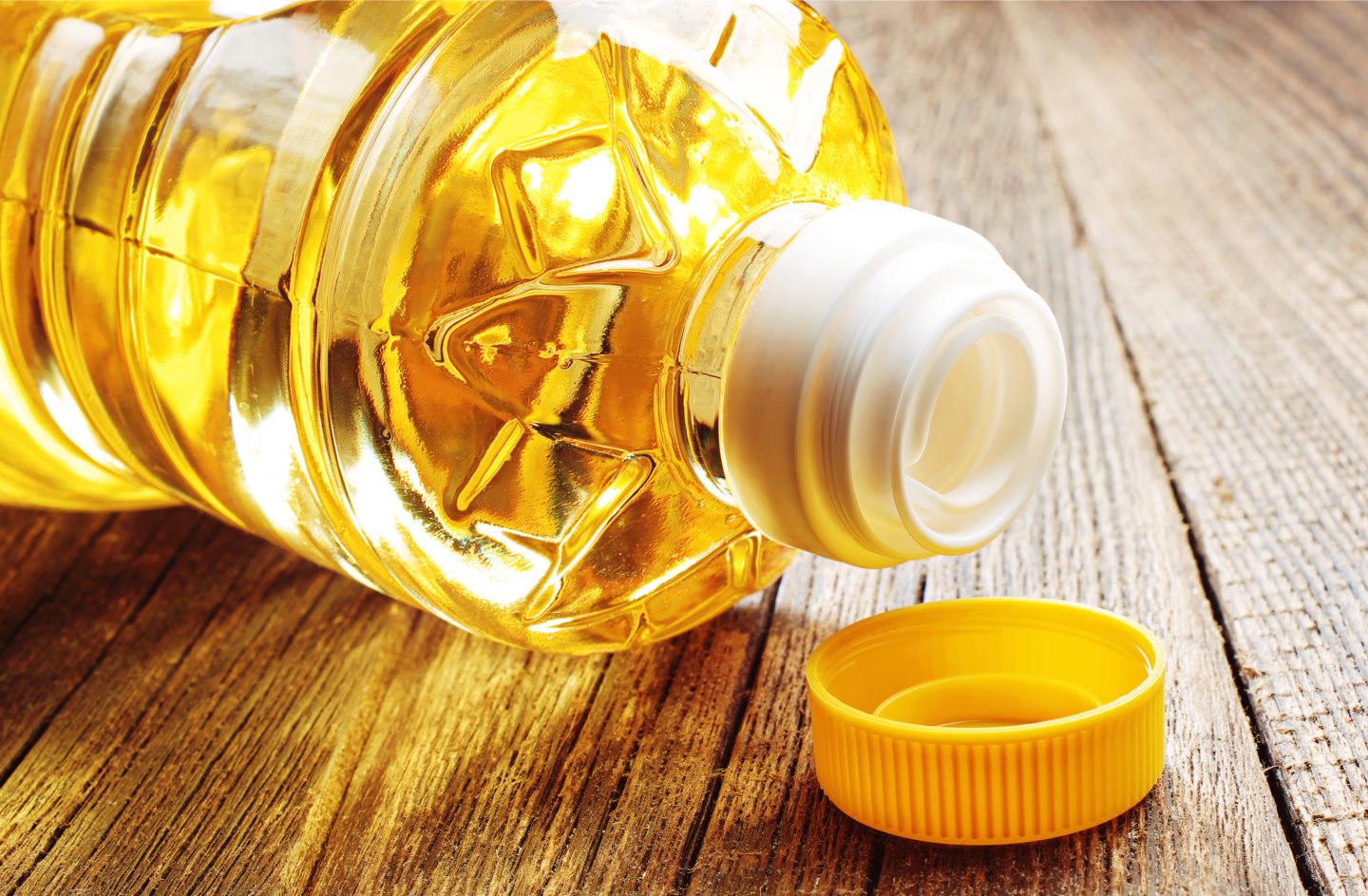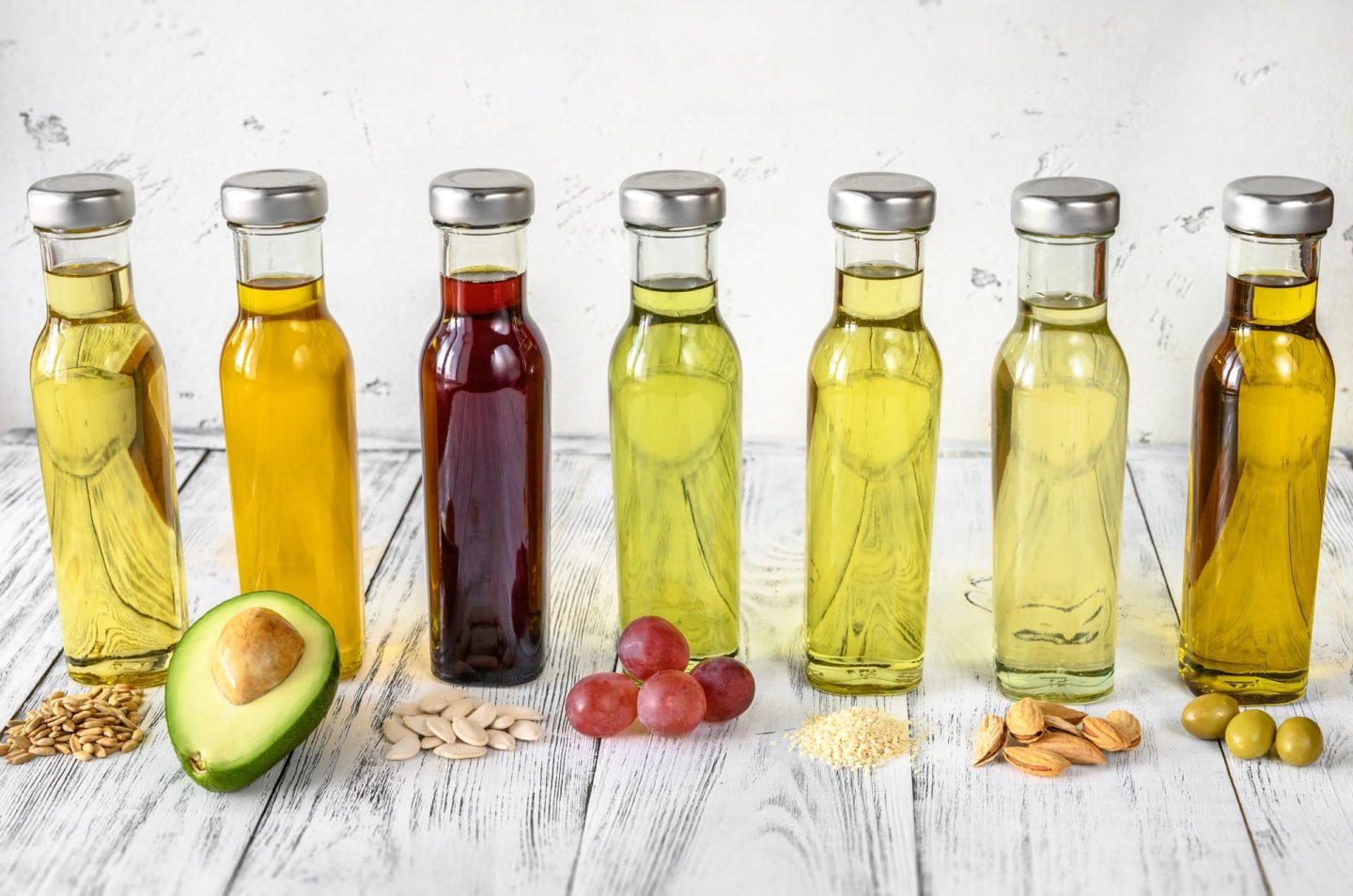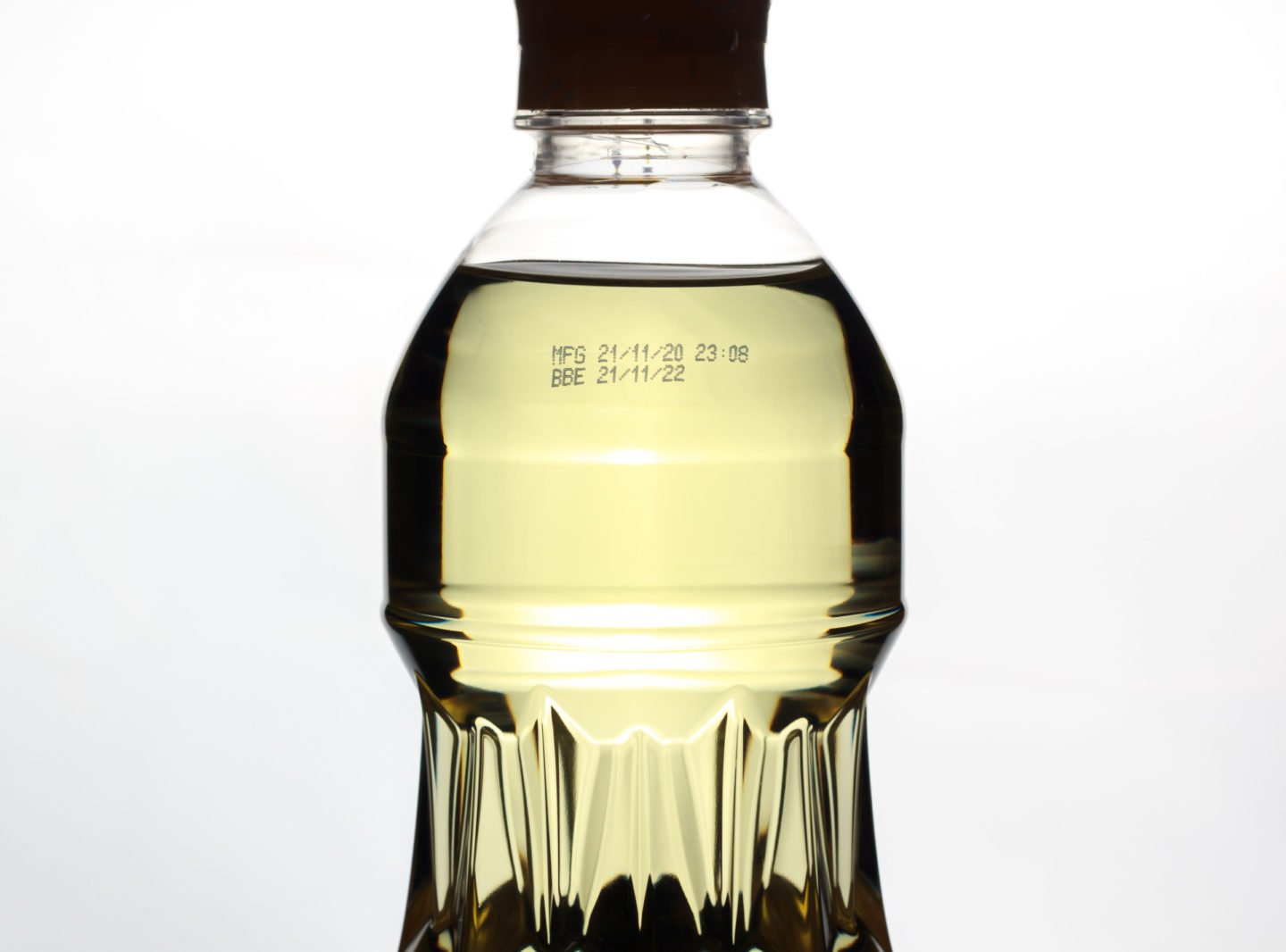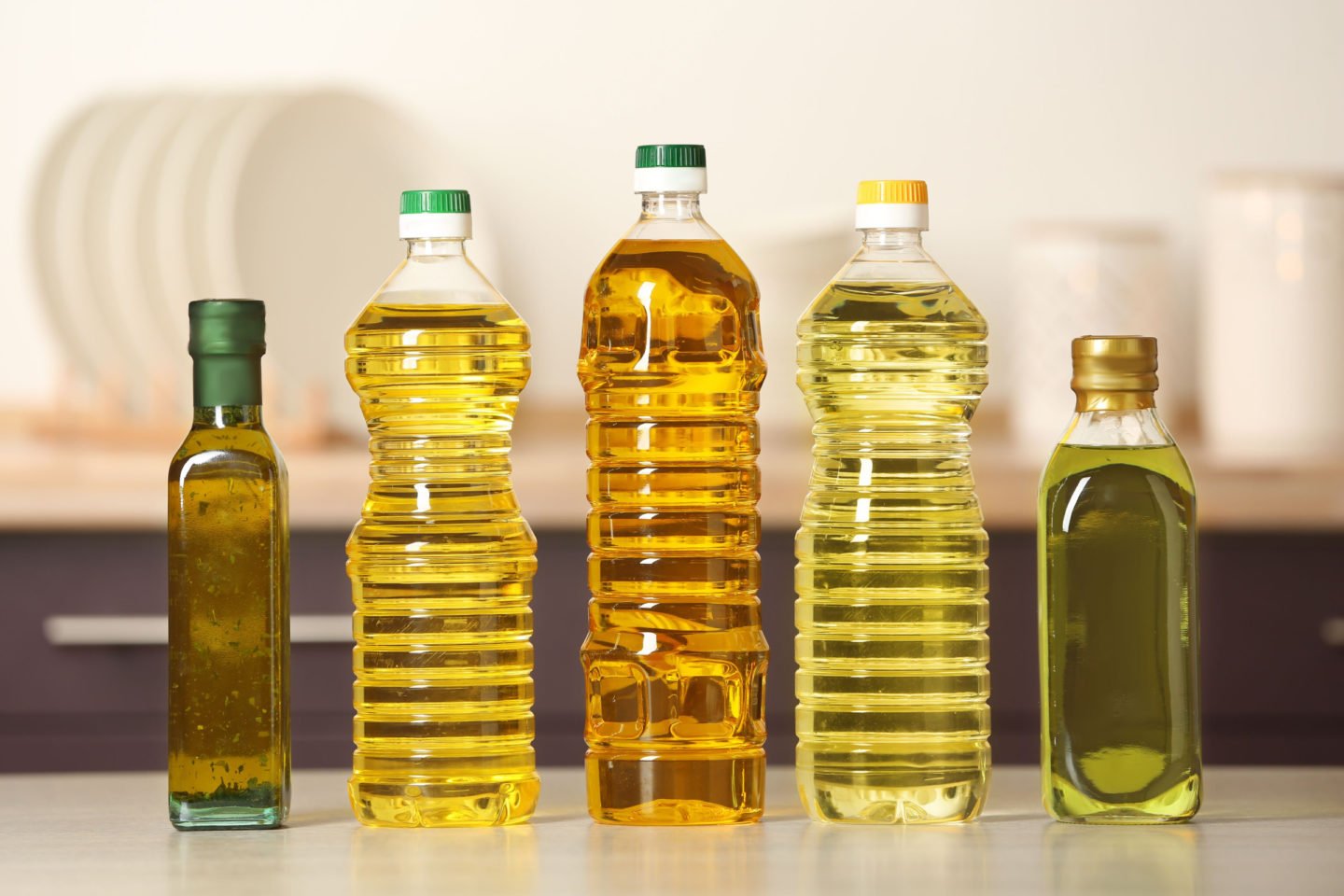You find yourself in the kitchen with an open bottle of vegetable oil. You check the expiration date label or the "best by date," and you find out that this oil has expired for two months already. Should you still use it? Does vegetable oil go bad? And how will you know if it has gone bad?

Oil is a must-have in any kitchen, whether you want to deep-fry your favorite dish or make a special salad dressing. But like many other things, any cooking oil, including vegetable oil, can go bad after some time. The shelf life of different oils varies depending on their composition, how refined that oil is, and the storage method.
This article provides information on how vegetable oil is made, its process, its shelf life, how to know if it's gone bad, and other related information.
Table of Contents
How is Vegetable Oil Made?

Vegetable oils are created by extracting the oils from different plant materials. The term "vegetable" is a bit of a misnomer because vegetable oil is extracted from various fruits, grains, nuts, and seeds.
In the first step of the extraction process, the material is usually crushed and unwanted parts are pressed out. Then, a solvent is used to get the oil out of the plant materials that were already crushed.
The last steps are to clean and refine the oil to get rid of any remaining impurities in the extracted oil. These steps are important because they determine how the final product will taste and how well it will be made.
There are a lot of different oils available on the market today. The most common ones are canola oil, coconut oil, corn oil, cottonseed oil, olive oil, palm oil, peanut oil, safflower oil, soybean oil, sunflower oil, and avocado oil.
How Long Does Vegetable Oil Last?
The shelf life of the different types of vegetable oil usually ranges from 12 to 24 months. Oils like canola oil, olive oil, safflower oil, or sunflower oil will last for about two years if unopened. Once you open them, their shelf life will be reduced to about a year if stored properly.
Other oils like corn, sesame, and other nut oils have a shorter shelf life of one year if unopened. After you open them, they usually last for 4 to 9 months.
How Do You Know If the Oil Has Gone Bad?

Once you open the bottle of your vegetable oil, the process of rancidification will begin. This process is responsible for vegetable oil's undesirable flavors and odors if stored for too long. The oil becomes rancid when it is exposed to air, light moisture, or bacteria. This is called oxidation. Here are some ways to help you know if your vegetable oil has gone bad.
1. It has an unpleasant smell.
Sometimes, the best way to know if your oil is still good for cooking is to taste and smell the oil rather than rely on the labeled dates on the bottle. The most obvious signs that your oil has gone bad are its taste and smell.
Rancid oil has an unpleasant metallic smell, like old paint or polish remover. You'll find it easy to distinguish this unpleasant smell since vegetable oil usually has a pleasant, neutral smell.
2. It tastes bad.
The aroma change brought about by the rancidity may not be easily discerned in some cases, so if you're unsure, it's best to taste a little oil before cooking. Rancid vegetable oil has a sharp or bitter taste. Fortunately, ingesting a little bit of rancid oil isn't harmful as long as you keep it to a minimum.
Even if the vegetable oil is past its "best by" date label, as long as it tastes and smells okay, chances are it is still suitable for cooking. But once the bitter and unpleasant odors kick in, it's time to toss that oil.
3. It looks different.
Some vegetable oils solidify in cooler temperatures or if you store them in the fridge. They may become a bit cloudy, but this doesn't mean they've become bad. Leaving them out at room temperature should return the oil to its liquid state. If you see contaminants at the bottom of the bottle or mold that is growing on the bottle or the cap, you shouldn't use that oil anymore.
Even though eating rancid oil might not make you sick right away, it might give your food a bad taste and make your stomach hurt. If you use vegetable oil that has gone bad for a long time, it could cause long-term cell damage that could lead to chronic diseases.
How Should You Store Your Vegetable Oil?

If you want cooking oil or vegetable oil to last longer after you've opened the container, you should store it the right way. Here are three ways to maintain your vegetable oil properly.
1. Store it in a dark place.
Light accelerates the rancidification process. So, a good way to keep your oil fresh for a long time is to store it in a dark container. Storing it in a dark cupboard or even inside a box helps keep it safe from exposure to light.
2. Store it in a cool place or in the refrigerator.
Never store oil in places where there is high heat. High temperatures also accelerate the rancidification process of your oil. Keeping your oil in a cool place or in the refrigerator ensures a longer shelf life. It may solidify in the fridge, except for some oils like canola oil or safflower oil. When this happens, all you need to do is to take them out of the refrigerator and leave them at room temperature to return the oil to its solid state.
3. Store it in an airtight container.
Because oxygen also reduces the shelf life of your vegetable oil, you should limit the oil's exposure to air by keeping it sealed in an airtight container.
Saturated Fat vs. Unsaturated Fat
When discussing vegetable oil, the terms saturated fat and unsaturated fat always come to mind. Their main difference lies in the number of double bonds in their fatty acid chains. Saturated fat is solid at room temperature and is found in butter, lard, and cheese. Unsaturated fat tends to be liquid at room temperature and is found in vegetable oils, fish, and nuts.
There are two main types of unsaturated fat: monounsaturated fat and polyunsaturated fat. Sources of monounsaturated fat include olive oil, sunflower oil, canola oil, peanut oil, safflower oil, avocados, peanut butter, and nuts.
Sources of polyunsaturated fat include sunflower oil, corn oil, soybean oil, and cottonseed oil. Omega-3s fall into this category and can be found in fatty fish, such as salmon, herring, and sardines.
Although fats are usually associated with higher risks for heart disease, essential fatty acids like linoleic acid and linolenic acid are commonly found in vegetable oils. Choose unsaturated fats over saturated fats every time, and stay away from foods that contain trans fats.
Related Questions
The most obvious signs are the smell and taste. Rancid vegetable oil has an unpleasant, metallic scent and a sharp, bitter taste.
Although the shelf life of different opened vegetable oils varies, oils like canola, olive, safflower, and sunflower usually last one year if properly stored. Other oils like corn oil, sesame oil, and other nut oils typically last for 4 to 9 months.
Yes. The rancidification process begins after you open your vegetable oil. That is why you should store cooking oil or vegetable oil properly to prolong its shelf life. You can do this by storing it in a cool place or even refrigerating it, thus ensuring that you'll have a longer supply of fresh oil.

Leave a Reply